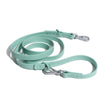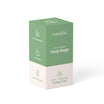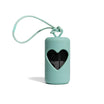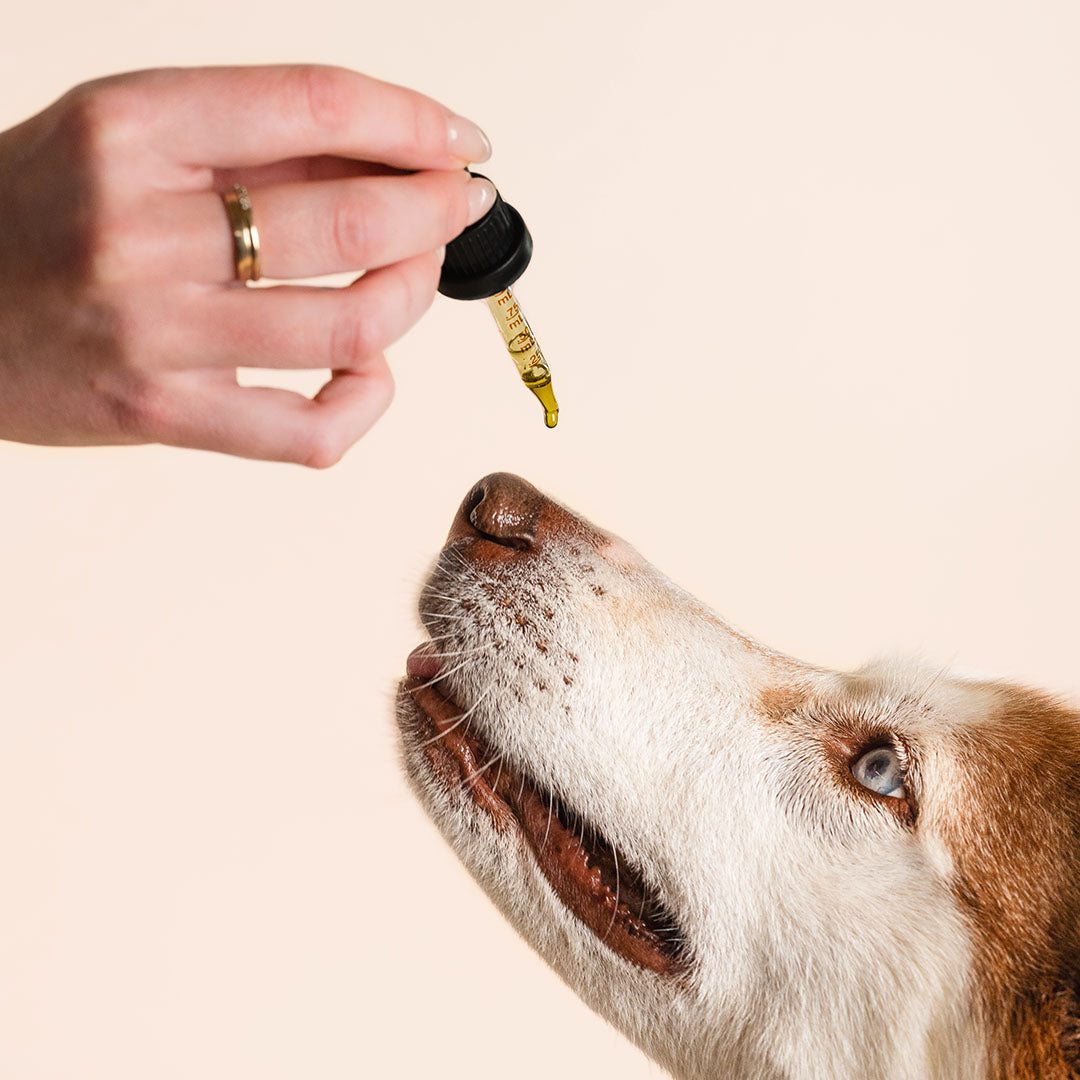Can you crate train a cat? Yes, your kitty can totally learn to feel comfortable and chill inside a crate, especially when it's done right. Think of it like giving your furry friend a mini room of their own. A cozy spot to snooze and take a break from the chaos of barking dogs or booming vacuum cleaners. It can even make vet visits, car rides, and unexpected emergencies way easier.
And no, it's not cruel. When done properly, crate training helps your companion animal feel more secure, not confined. Ready to learn how this trick can work for your favorite feline? Let's get into it, cat-style.
What Is Crate Training for Cats?

Crate training for cats means teaching your kitty to see the crate as a safe, cozy hangout, not a punishment box. It's about turning that little space into a chill zone where your cat can relax and feel secure. Most people think cats and crates go together like oil and water. But with the right approach, your pet might just claim that structure as their new throne.
Unlike dogs, most cats aren't naturally cool with confinement. That's why this training process needs a softer touch. Forget barking commands and strict routines. Go for patience and good vibes.
And no, a crate isn't a cage. Think of it more like your cat's private studio apartment, complete with plush bedding and their favorite toy.
Benefits of Crate Training a Cat
Crate training your cat comes with way more perks than people expect. A crate can become their chill-out zone, travel buddy, and lifesaver during unexpected chaos. And yes, most cats can learn to love their crate. It just takes the right setup and a little patience.
Think of the crate as a tool, not a trap. It gives your kitty one spot that's all theirs, which can help reduce anxious behaviors and make your home feel more peaceful. Ready to see how a crate can make life easier for both of you?
Helps With Vet Visits and Travel
Crate training makes car rides and visits to the veterinary clinic way less chaotic. When your cat sees the crate or carrier as their cozy hideout, slipping inside becomes no big deal. No more chasing your kitty around the house or dealing with a screaming furball in the vehicle.
Most cats freak out at the sight of a carrier, but one that feels like home is a whole different story. You won't have to fight them every time it's time for a check-up or a trip to the groomer. Just open the crate door, toss in a treat, and let your pet strut in.
Reduces Stress During Home Transitions or Emergencies
Moving to a new place or remodeling? A crate-trained cat has a safe area to chill when everything else feels like chaos. It gives them a sense of control when their world's getting flipped upside down.
In an emergency—like a sudden evacuation or a busted pipe—a crate-trained feline is easier to scoop up and move fast. No scratching, no hiding under the bed, no panic. Just grab the carrier and go.
Provides a Safe Retreat for Anxious Cats
Some cats simply need a break from all the noise, people, and other pets. A crate gives them a comfy little bubble where they can breathe, nap, and recharge. If your cat tends to get jumpy or hides under furniture when stressed, crate training gives them a better option.
Instead of darting into the closet, they can head into their crate, curl up on a plush towel, and rest without getting bothered. It helps cut down on anxious behaviors and keeps your kitty feeling secure even during the wild days.
Supports Post-Surgery Recovery
After surgery, your kitty needs a calm, quiet spot to heal. Your vet might recommend limiting movement, and a crate makes that easy without stressing your pet out. A crate helps keep them from jumping on furniture, messing with stitches, and trying to escape before they're fully ready.
Add comfy bedding, fresh water, and a favorite toy. Your cat gets rest, and you get peace of mind knowing they're safe and not tearing through the house.
Prevents Destructive Behavior When Supervision Isn't Possible

Scratching up the couch, knocking over plants, sneaking into places they shouldn't be—sound familiar? A crate keeps that mischief in check when you can't keep an eye on your cat.
Toss in a comfy towel, a few playthings, and maybe a little treat. Your kitty gets a chill spot, and you don't come home to shredded curtains. Everyone wins!
Related Post: Behavior Training Guide for Cats
Makes Multi-Cat Household Introductions Easier
When there's a new cat into the mix, things can get tense fast. A crate creates a safe way for feline pets to check each other out without throwing paws. It lets them sniff, observe, and get used to each other's smell.
The crate acts like a "look but don't touch" bubble. Your current cat can walk by and get curious while the new kitty chills behind the crate door. No chasing or cornering. It gives both cats time to warm up before sharing the same space.
Useful for Litter Training in Kittens or Rescues
Litter box who? Some kittens and rescue cats just don't get it at first. That's where a crate can help big time. By keeping the litter box just a paw's reach away, your kitty learns fast where to go.
In a crate, your cat gets used to the smell, feel, and location of their litter. It becomes part of their little routine. Once they nail it, you can give them more space with confidence.
Helps Reinforce a Predictable Routine for Timid Cats
Shy kitties love structure. Crate training gives them a place to eat, sleep, and rest on their terms. When life feels big and scary, a crate offers a gentle, quiet corner where nothing ever changes.
Feeding, sleeping, and chilling all happening in one spot is the kind of routine that helps nervous cats feel more at ease. Over time, they start to feel more confident outside the crate, too. Think of it as giving them a little base camp while they work up the courage to explore the rest of the world.
Is Crate Training Safe for Cats?

Yes, crate training is safe for cats if you do it the right way. A crate isn't a cage of doom. It's a cozy corner that can actually help your kitty feel calm and secure. But the key is to make it feel like the place to be, not kitty jail.
-
Understanding Feline Comfort Zones. Cats love tight areas where they feel tucked in and protected. A well-set-up crate can give them just that. Add soft bedding, their favorite toy, and some familiar smells, and it becomes their little happy place.
-
Psychological Impact of a Crate-Friendly Environment. When a cat feels safe in their crate, it can help ease worried thoughts. No more hiding under the bed or getting spooked by random noise. Instead, they learn to head to their crate when they need a break. That's a win for their mind and mood.
When Crate Training May Not Be Ideal
Not every cat is instantly into the crate life. Some felines may show signs of agitation or just flat-out refuse to go near it. If your pet hides, growls, or avoids the crate like it's cursed, it might not be the right time to push it.
Watch for signs like heavy breathing, trembling, and extreme restlessness. If your kitty is acting upset or won't even go near the crate with treats or toys inside, take a step back. Try again later, or switch up your approach.
And remember: Patience is key. Not every cat follows the same training timeline.
How To Promote Calmness and Comfort When Crating a Cat
There are plenty of simple ways to make your cat feel cozy and safe during crate training. Here are some tips to remember:
- Use a Soft Blanket or Familiar Bedding Inside the Crate. Something that smells like home helps your cat relax and feel safe.
- Place the Crate in a Quiet, Low-Traffic Area of the Home. No one likes to nap next to a blaring TV or foot traffic.
- Introduce the Crate Slowly With the Door Open at First. Keep the crate open, and let your kitty walk in, sniff around, sit in it, and bounce on their own terms.
- Use Treats or Favorite Toys To Create Positive Associations. A crate with snacks? Now we're talking!
- Avoid Forcing the Cat Into the Crate—Let Them Explore Voluntarily. Forcing just builds negative vibes. Let curiosity lead.
- CBD Oil or Treats (Cat-Safe) to Help Ease Stress. CBD (cannabidiol) naturally promotes calm by working with your cat's endocannabinoid system (ECS). For top-notch options, check out HolistaPet's CBD Collection for Cats. We have CBD Cat Treats, CBD Calming Chews, CBD Oils, and CBD Capsules from which you can choose.
- Try Calming Pheromone Sprays or Diffusers Nearby. Subtle scents can help mellow the mood.
- Play Soft, Soothing Music To Reduce External Stress. Cat jazz is a thing, and it works.
- Keep the Crate Clean and Free of Strong Smells. If it stinks, they'll ditch it. Period.
- Cover Part of the Crate With a Light Blanket for a Cozy Den-Like Feel. Creates a snug, private vibe that cats absolutely love.
Final Thoughts – Should You Crate Train a Cat?
Yes, you can crate train a cat, and it's one of the best things you can do to help them feel safe, secure, and chill in new or stressful situations. From vet trips to home chaos, a crate-trained kitty handles it all like a pro.
Crate training gives your companion their own little corner of peace in a loud, busy world. And if you want to boost that calm even more, HolistaPet's cat-safe CBD products can be the purrfect natural touch to ease nervous energy and help your furry bestie relax wherever they are.
Find more cat care guides here!







![Probiotics For Dogs [Soft Chews] - HolistaPet](http://www.holistapet.com/cdn/shop/files/Probiotic-Infographic-1_472d7a29-e30c-435a-9638-1365d8c3a9f9.jpg?v=1725384841&width=104)



























Leave a comment
All comments are moderated before being published.
This site is protected by hCaptcha and the hCaptcha Privacy Policy and Terms of Service apply.